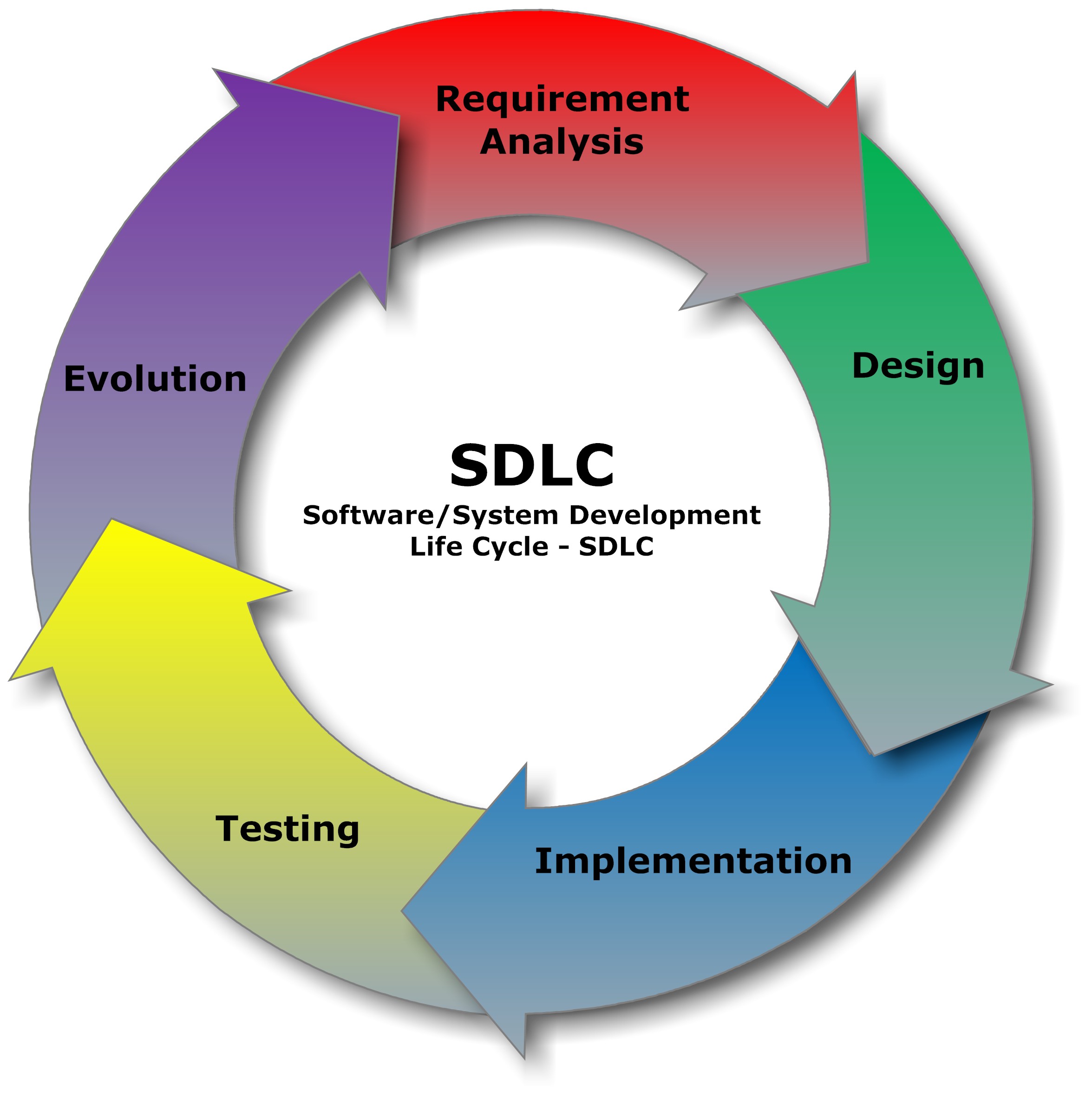
Custom software development is key to the long term success of organizations. A custom software system is tailor-made to the unique and specific demands of your enterprise. It scales with your business growth and maximizes the overall productivity. In addition, custom software is a wise investment that brings significant money savings in the long term and has various stages of SDLC.
At Symphony Software, we take pride in our unique approach to custom software development and stages of SDLC. We use an in-depth software development life cycle (SDLC) to make sure you get what you need.
Let’s take a look at our SDLC and its stages.
What is the Software Development Life Cycle (SDLC)?
SDLC is a systematic process of converting an idea into a product(software) with quality and correctness. We have some ideas at the beginning of this process, like building a mobile application that allows users to order food. In the end, you want to have some users using it.
Different Stages of SDLC
SDLC has different stages, and each stage has some deliverables. Each deliverable feeds to the next stage in the process.
Stage 1: Ideation and Requirements Gathering

This stage answers questions like “what problem do you want to solve,” “what are we going to develop.” For example, do you want to improve your customer experience and need a mobile app for your business? Also, do you need custom software to ease your inventory management process?
The first stage of SDLC involves meetings between our project managers and clients for discussing their needs, goals and expectations.
Stage 2: Analysis and Planning
Once we’ve gathered all your requirements, it’s time to plan out the software.
Our project managers, designers and developers sit together to analyze the requirements and plan accordingly. Moreover, we investigate the validity and possibility of these requirements into a fully-functioning software system.
Based on these insights, we plan requirements for hardware, operating systems, programming language, security, time and cost estimate, etc.
Stage 3: Design & Prototyping
The design phase of SDLC is not just about visual design. It also covers:
- User Interface: How customers will interact with the software. How the software will respond to user input.
- Platforms: What will your product run on – deciding operating systems or consoles?
- Programming: How to overcome coding challenges during the development stage?
- Communications: What’s needed for the software to communicate – a central server, applications, etc.?
- Security: How to make software abide by certain security requirements? How to protect users’ information from potential threats.
An SDLC that involves prototyping demonstrates the basic idea. The prototype is sent to stakeholders for review. Designers use the feedback to improve the application. Additionally, creating prototypes is less expensive than rewriting the entire code.
Stage 4: Development (Coding Phase)

The real work begins now! First, developers translate the design to a computer programming language.
The entire task of software development is divided into modules assigned to various developers. Developers start coding using the decided programming language. This is the longest phase in SDLC. Developers also use predefined coding guidelines and tools like compilers, debuggers, and interpreters.
Stage 5: Testing
Developers deploy the software in the testing environment. Then, testers test its functionality and ensure that it works according to the client’s requirements. Moreover, all bugs or defects are communicated with developers.
This process repeats until the software is bug-free and fits your business objectives.
Stage 6: Documentation & Implementation
Finally, we develop the software system to the client’s side. We provide users with the necessary training and documentation to help operate the software. In addition, we make sure that the new release has no environmental issues.
Stage 7: Maintenance
According to the changing environment and users, the system may need modifications or additional capabilities. In this stage, we provide constant support until users fine-tune the system.
Final Note
These are the basic stages of the SDLC process. Depending on the SDLC methodology we use for your software development, there can be more phases. So, you’ll learn about SDLC methodologies in the next blog. So, keep reading.
If you’re looking for custom software development, or you want to digitize your business processes with a help of experienced team, please contact us at info@symphony-software.com or 414-218-4644
